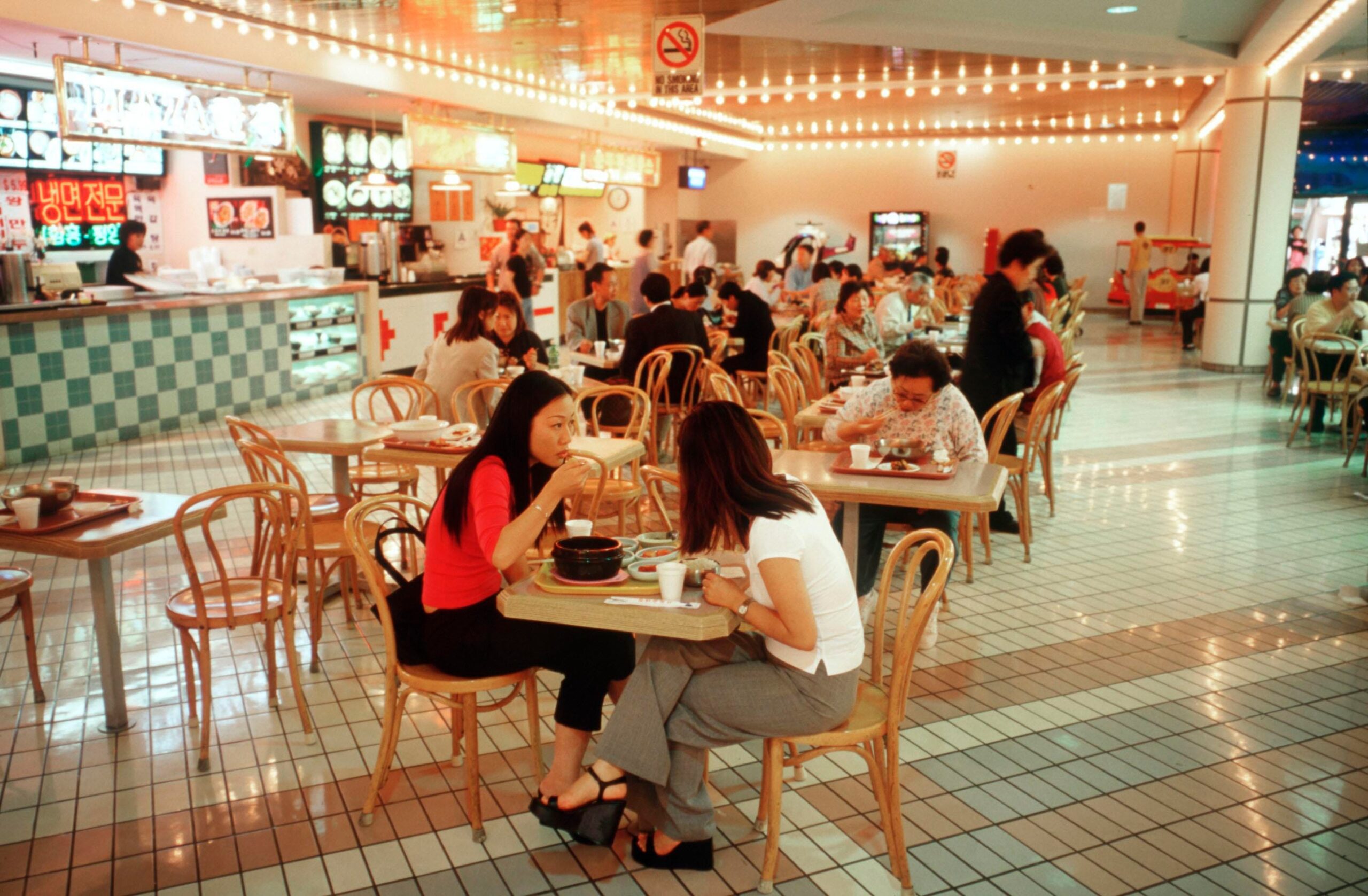
Photo by David Butow/Corbis SABA (Photo by David Butow/Corbis via Getty Images)
The retail industry is changing, and those changes are affecting more than just the traditional retailers themselves. For a long time, strong retail bases supported growth of adjacent services and businesses. We are now entering a different, maybe more difficult, period.
In the major shopping malls across the U.S., the food courts have always been a place for shoppers to gather or take a break before doing more of the shopping that brought them to the mall in the first place. They have been a place for social encounters in addition to nourishment. Brands like McDonald’s, Kentucky Fried Chicken, Panda Express
But the malls are changing. Traffic in apparel stores has slowed to a crawl and, with the slowdown, food courts are suffering. As customer traffic has slowed, it is logical that mall-operators have been seeking new solutions to generate activity in the mall spaces. They need to create new reasons for customers to come, or extend a visit, to the mall. One of the solutions is to have white tablecloth restaurants with waiter service. Such amenities will attract a different crowd – fewer children, less noise, more decorum.
In this way, a mall could serve more purposes and maintain more traffic – and eventually generate new and more retail opportunities. For instance, malls could have some coffee shops to take care of the (younger) crowd looking to have a snack and coffee. A Starbucks
MORE FROMFORBES ADVISOR
This varied food offering would give the malls a higher tone. Mall operators would see the restaurants drawing their own crowd, and it would give them a new boost for growth. It is possible that companies like Auntie Anne’s and Manchu Wok would be forced to focus growth efforts on new formats or online service while their food court locations dwindle.
Cale Guthrie Weissman of Modern Retail shared an example of this. She described the American Dream Mall (New Jersey) partnership with You Tube star MrBeast’s first brick and mortar location of his burger ghost kitchen venture. The idea was simple: bet on a big name to draw teens to the mall, where they would hopefully spend more time after getting a MrBeast burger. For American Dream the stunt worked – the mall saw record foot traffic the weekend MrBeast came to the mall and showed off his restaurant.
Ms. Weissman stated that not every mall is letting YouTube drive the restaurant strategy, but industry-wide there is a higher emphasis on attracting celebrity chefs, influencer-led restaurants and other unique dining concepts. The popular food hall Eataly, which got its start in New York City, opened a location in the Santa Clara, CA Westfield Valley Fair Mall earlier this year. One Connecticut mall that has big names like Apple, Uniqlo, and Saks Off Fifth has an 80,000 square foot food hall from Chef Todd English to fill vacancies and draw crowds.
POSTSCRIPT: The food served in malls is changing. Famous name chefs and more refined restaurants are taking spaces and attracting a wealthier and more upscale group of guests. In turn, this could end up changing the character of a mall; chefs and their interesting menus will attract new customers and change the character of the mall. Time will tell if better cuisines will help malls.







